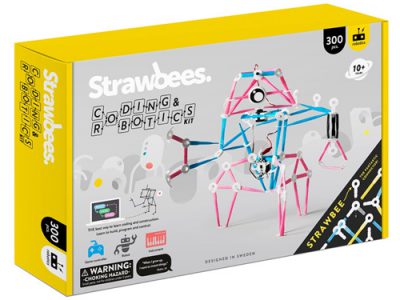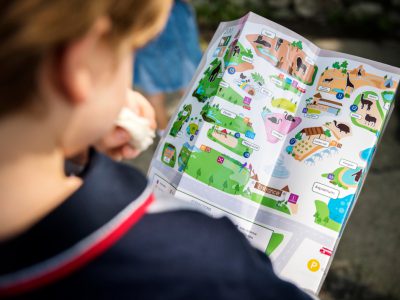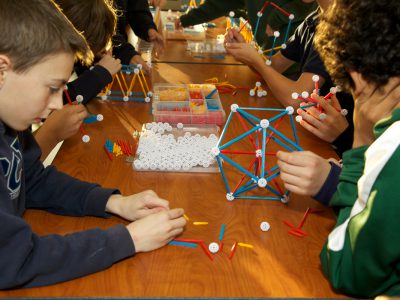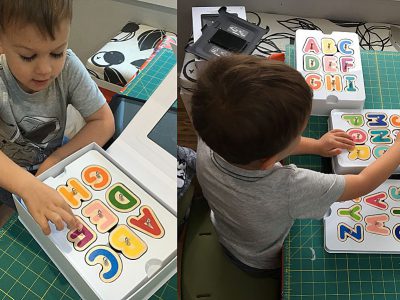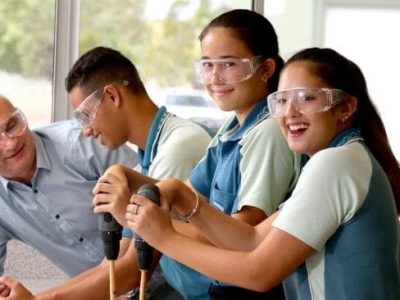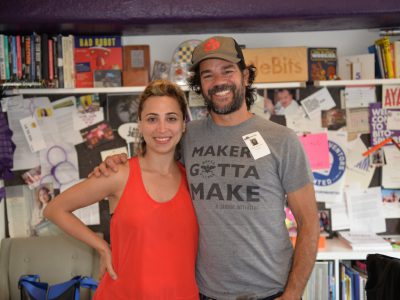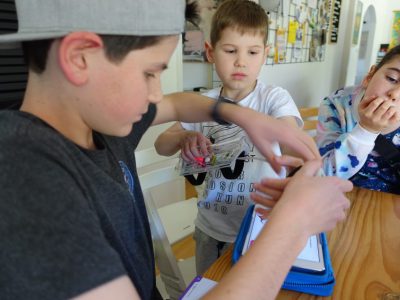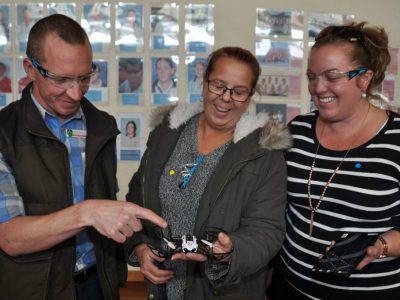
“Girls aren’t good at maths or science.”
I’m sure you’ve heard this before, or its close relative. “Girls aren’t interested in maths or science”.
Did you know that biological sex actually does not innately affect one’s potential to succeed and achieve in science, technology, engineering and mathematics (STEM)?
It is 2018 so you would think this would go without saying; but, sadly, that’s not the case. Just think back to the Google manifesto fiasco.
This week is National Science Week, an annual event that acknowledges the contributions of Australian scientists’ to the world of knowledge and aims to increase awareness and interest in science, particularly amongst our young Australian boys and girls. As part of this year’s National Science Week, I want to shine a light on the underrepresentation of women and girls in STEM.
As Labor’s Assistant Minister for Innovation, I have been meeting with inspiring and remarkable women in STEM who are at the forefront of ideas and innovation – transforming our nation. They have made it clear to me that more needs to be done to ensure the deep-rooted issues at the heart of under-representation of women in STEM are finally solved.
It is well established that at all points across their life, when men and women, as well as boys and girls, are making decisions they are constrained by gendered barriers such as stereotypes and unconscious bias. In STEM, the story is unfortunately – and, unsurprisingly – the same. Progress has happened, but we are nowhere near where we need to be to achieve gender parity in STEM.
When it comes to participation and approaches to studying STEM, there is a gendered divide. This disparity can be observed from early in the educational decisions made by our girls and boys. School-aged females are less likely than their male counterparts to choose STEM subjects in their last year of schooling. In 2016, around 41 per cent of male upper-secondary students studied technology subjects, compared to only 27 per cent of females.
And, it’s not just young girls affected. Even when girls and women decide to pursue STEM pathways in further education and careers, gendered barriers operate – and persist – at every stage.
When a bachelor level engineering cohort graduate, on average, only 13 per cent of them will be female. In fact the proportion of women in STEM undergoes substantial attrition with the advancement of careers – only eight per cent of employed engineers are female. While women make up around 43 per cent of STEM and medicine academics at universities across Australia, only one in five of senior professors are female.
All of this begs the question – why are women under-represented in STEM, particularly in positions of leadership?
The answer is not so simple. Cultural norms that are embedded in our behaviour, words and traditions are so deeply enshrined that we may not always see the way women are undermined and derided. The issues at the crux of women’s under-representation in STEM can be attributed to three broad categories; identity, perceived ability, and aspiration.
Many believe that women are disinterested in STEM, as it is perceived to be a masculine discipline, and not ‘traditionally female’. However, research indicates that in more gender-inclusive cultural environments, more women actually participate and succeed in STEM. The more we actively promote women’s existing participation in STEM, the more role models our young girls can see and aspire to be, and the more we can dismantle these harmful gender-based stereotypes.
Another barrier to women’s participation in STEM comes from a perceived lower ability in these subjects. The confidence gap that is defined along gendered lines has been well documented – and I’m sure you’ve all seen this manifest in practice in your homes, and in your workplaces.
Similarly in STEM, young girls believe their male counterparts will outperform them. And, most importantly, this perception still exists when ranked against boys with like test scores – that is, when there is actually no difference in objective outcomes.
This misperception can and does influence career aspirations, with women less likely to aspire and expect to have a science-related career, despite any success they may have achieved throughout their education journey in this field.
The gender gap in participation in STEM education and careers documented matters. More than it simply being right that gender does not dictate one’s outcomes, this segregation is actually affecting women’s economic security.
As we have seen, STEM tertiary education already presents low levels of female participation, and this trend only worsens as graduates seek employment, with less than 30 per cent of STEM jobs being held by women, and a gender pay gap of around 30 per cent.
Engaging women in STEM and closing the gender gap is critical to securing the economic future of women and will become even more critical in the future. There is no doubt that our economy is undergoing the fourth industrial revolution.
The nature of work is changing, which means the nature of our workforce has to change, and this will be underpinned by a STEM-literate workforce. In order to succeed, this workforce must fully engage women. We cannot keep leaving out half our population.
Obstacles for women in STEM have entrenched societal, cultural, and institutional roots. This means that there is no single strategy that will solve the issues. It will require multi-disciplinary, multi-lateral, multi-faceted change. We need to do more to encourage boys and girls to study non-traditional subjects and pursue their interests.
We need to do more to ensure young people are not pigeon-holed in careers based on their gender.
Labor has a proud legacy of advancing women’s rights, and a long-held commitment to policies that underpin gender equality. When Labor was in Government, a significant effort was put into improving gender equality outcomes, including a noteworthy change to the funding arrangements for the Australian Research Council – the introduction of the Research Opportunity and Performance Evidence (ROPE), to provide more realistic consideration of career interruptions, including childbirth and child-rearing.
Labor’s Shadow Minister for Women, Tanya Plibersek, has already announced that a Shorten Labor Government will introduce a national Gender Equality Strategy to guide whole of government efforts to achieve gender equality. As part of our efforts to close the gender gap, we must and we will support long-term strategies to eliminate gender bias at all levels of STEM.



